Piano Lessons for Kids
Are you looking for piano lessons for kids online?
If yes then you are at the right place. It is not impossible for children to learn a musical instrument. As a matter a fact, teaching children to play the piano can be a whole lot of fun. But parents must be prepared to spend some quality time with them while they practice at home.
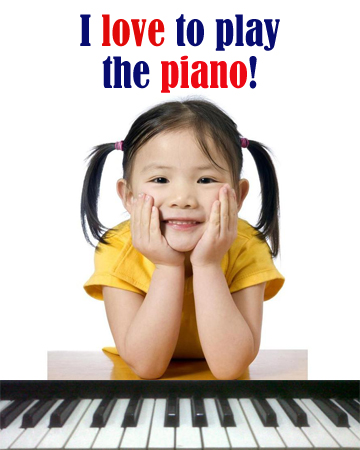
Allowing your child to take piano, guitar, saxophone, organ, drum or any form of music lesson can give you an idea as to how talented your child is. This can help you make future decisions as how you can manage your child’s time in relations to extra curricular activities. So, at what age should my child start taking piano lessons?
This is a popular question that is been asked by many parents. However, a number of piano teachers think that children at age five are perfect to begin with. But there are testimonies about four year old children playing simple songs on the piano.
Once a child has the ability to play the keys on the piano in succession with his or her fingers and has an attention span of 20 minutes then I think that child is able to participate in some basic piano lessons.
Click here to view a tutorial on teaching piano lessons to kids.
What are some the benefits for children who are involved in a piano lessons for kids program?
Children are always drawn to musical activities and they are naturally self-motivated so they are enthused to participate. But apart from learning to play songs on the piano there are some other benefits that children will gain.
Here are some of the benefits.
1)Piano lessons will help to develop a child finer motor skill.
2)Develop the concentration level in children.
3)Help them in problem solving activities.
4)Students who are involved in music lessons are said to be good in mathematics.
SIMPLE METHODS FOR YOUR PIANO LESSONS FOR KIDS PROGRAM
One easy method that can be used to teach piano lessons to young children is the use of stickers. Some children at a young age such as four and five year olds are not able understand some of the information associated with music so therefore the use of stickers can be very effective.
Below is a diagram showing the white keys labelled with stickers. Notice the colours that are associated with the low, middle and high keys. This is done to help children identify specific keys according to the range in pitch.
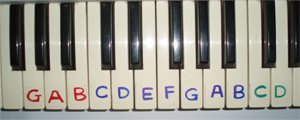
Notice that the lower notes G, A and B are in the colour red, the middle notes C, D, E, F, G, A and B are in blue and the higher notes such as C and D are in green.
Now here is a song that will work perfectly with the method above. The notes are coloured to fit the keys in the diagram above.
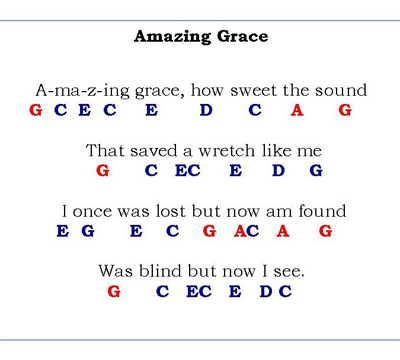
Here is another method that is similar to the previous one. However,
numbers are used instead of letters. The numbers are also colour coded
and are placed on the keyboard.
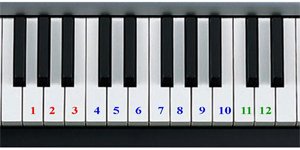
The corresponding melody also uses numbers instead of letters. Here is an example using the same song.
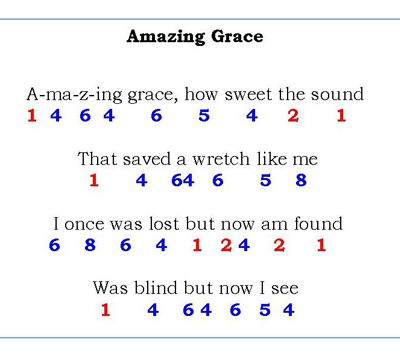
This method may have your eye brows up but it works for some music teachers who have a hard time getting kids to play songs or simple melodies.
Both methods demonstrated are not the formal way of teaching music; however they are child friendly and work well with kids. The main disadvantage of both methods is that students normally take a long time to know how to find the keys of the keyboard when the makers are removed.
It is therefore important that you introduce the formal way of teaching the piano notes to children in your piano lessons for kids program.
Learn to play simple kids songs on your piano. Click here now!
Click here for a quick course on the piano keys!
Leave the piano lessons for kids page and return to home page!
Subscribe to receive free piano lessons
E-zines and other updates!










